Announcement about the temporary closure of the Tehran museum of contemporary art
Tehran Museum of Contemporary Art, also known as TMoCA, opened in 1977 and is among the largest art museums in Iran. It has collections of more than 3000 items that include 19th and 20th century’s world-class European and American paintings, prints, drawings and sculptures art acquired by the Pahlavi family. At the time of global art market depression, the Iranian emperors obtained a significant line of artworks.
The collection comprises so many artworks from the late 19th and early 20th century from Claude Monet, Picasso, René Magritte to Francis Bacon, Roy Lichtenstein and Andy Warhol among many other prominent names. Some of the crowned jewels of the collection are Jackson Pollock’s painting Mural on Indian Red Ground, one of his largest and most praised works, along with the pair of Mark Rothko’s wall-size paintings, each valued between $100 million to $200 million and Paul Gauguin’s Still Life With Japanese Woodcut, a piece that Japanese collectors were so eager to obtain, that they even offered a blank check for it. The exquisite collection is often one of the reasons why some art connoisseurs proclaimed the Tehran Museum of Contemporary Art a modern-art gold mine.
Tehran Museum of Contemporary Art will be closed until November 2018 due to the renovation. This official announcement may seems a disappointed news but indeed renovation can make a big change and effect the number of tourist who are demanding to visit this amazing museum.
In a country famous for its ancient culture and classic route, what comes to mind when someone talks about museums is a collection of historical statues, tools and architecture. There are many museums in Tehran which offer either a unique experience of local life and traditions or present an unparalleled collection of jewelry and rugs.
Here are some other coolest museums in Tehran that you could put on your itinerary instead of Tehran museum of contemporary art.
Abgineh Museum(Glassware and Ceramic Museum of Iran )
Abgineh Museum (Glassware & Ceramic Museum ) the beautiful mansion housing glass wares and ceramics was first ordered to be built as the personal residence of a politician named Ahmad Qavam, the Vizier of Ahmad Shah from Ghajarid Dynasty, in early 1920s. The museum’s building is octagonal, in a garden 7000 square meters large. The building of the museum itself is intriguing for the enthusiasts.
The architectural style of the building is a combination of the traditional Iranian style and the European architecture of the 19th century.
This building has two floors and five halls. The first and second halls are on the first floor, and the other ones are on other floors upstairs. The exterior and interior of the museum comprise such decorations as brick works, plaster works, mirror works and inlaid works.
1-Brick works
About 50 types of bricks in various designs and with different geometric and floral patterns have been used in the exterior of the building and are reminiscent of the fine arts of the Seljuk era.
2-Plaster works
The interior plaster works belong to three periods:
a) Plaster works dating back to the time of the construction of the building (Qavam-ol-Saltaneh) that could be seen in parts of the entrance hall and some other halls.
b) Plaster works that were made at the time when the building was turned into the Egyptian embassy examples of which could be seen at the Mina and Bolour halls as well as in the basement.
c) Plaster works that were made in 1984 by the Islamic Republic as a combination of calligraphy and painting that could be seen in the entrance hall of the second floor.
3-Mirror works
Mirror works in citron-like or geometric designs could be seen in the second floor of the museum on the borders of plaster works.
4-Inlaid works
Inlaid works could be seen on doors and margins of the steps mostly in floral designs.
Iranian Art Museum Garden
Iranian Art Museum Garden is located in Elahieh Area. Museum was designed by the cultural art organization of Tehran municipality and was inaugurated in the winter of 2006. Apart from enjoying the pleasant ambiance of the garden museum, visitors can view a wide variety of artworks, gain artistic experience and increase cultural information.
In this place, the old beautiful trees, miniature waterways, fountains, beautiful monument models, and symbols of Islamic Iranian architecture surrounded by green areas, all turn every head. This museum includes some exhibitions of historical monuments and ancient Islamic Iranian architecture as well as souvenir shops selling handicrafts and art works. In one corner, there are also a traditional Iranian café and a gallery showing the history of Iranian photography.
Reza Abbasi Museum
If you’re interested in Iranian art, it’s one of the best and most professionally run museums in the country. Private museum with a splendid collection of ancient and Islamic art, including much silver and gold from Achaemenid, Parthian, and Sassanid times.
Exhibitions include both pre-Islamic and Islamic art, with some more than 4,000 years old. Walk through the chronologically organized museum and see everything from prehistoric artifacts to 20th century objects. Scholars will find over 10,000 books about history and art.
The Islamic Gallery exhibits ceramics, fabrics and brass-ware, while the Painting Gallery shows samples of fine calligraphy from ancient Qurans and illustrated manuscripts, particularly copies of Ferdowsi’s Shahnamah and Sa’di’s Golestan.


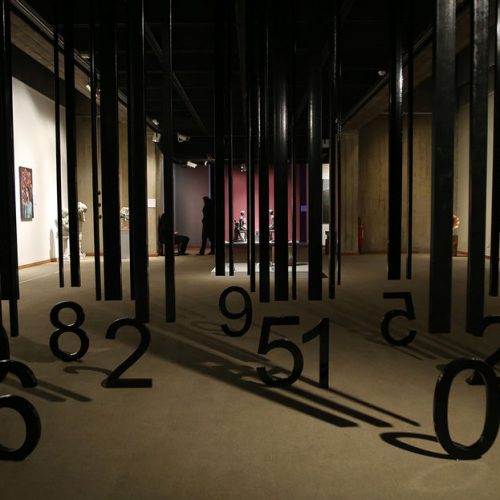
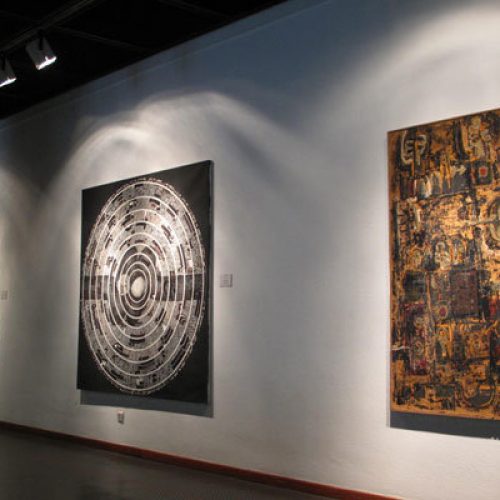
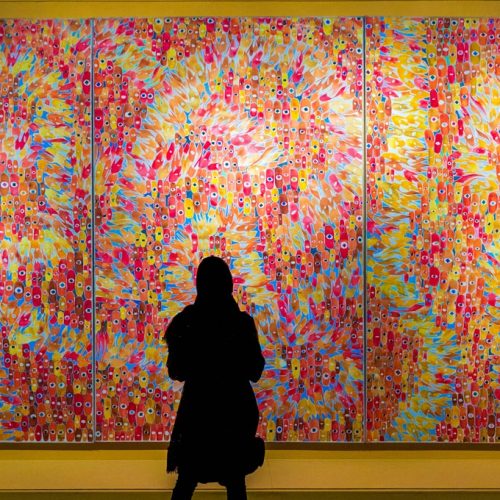
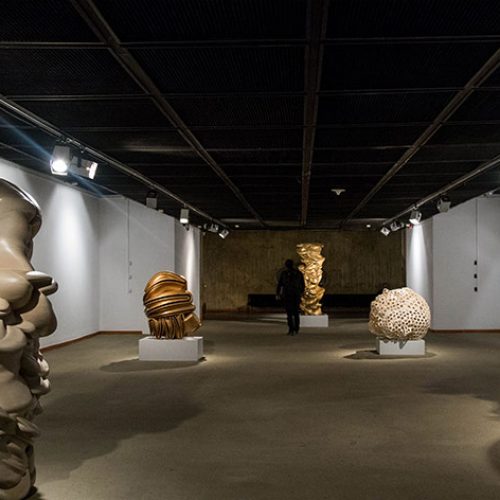

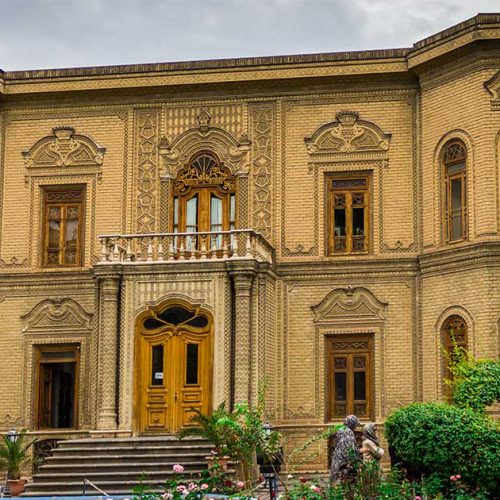
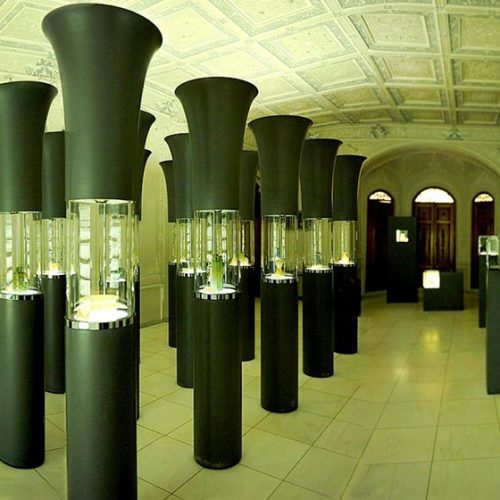
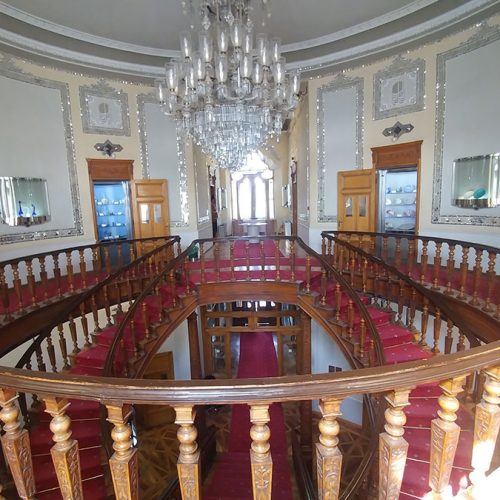
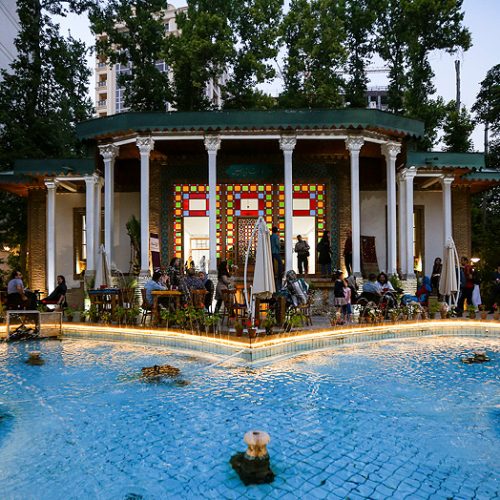
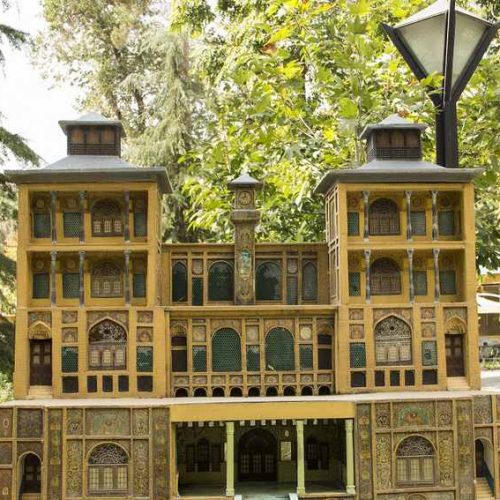
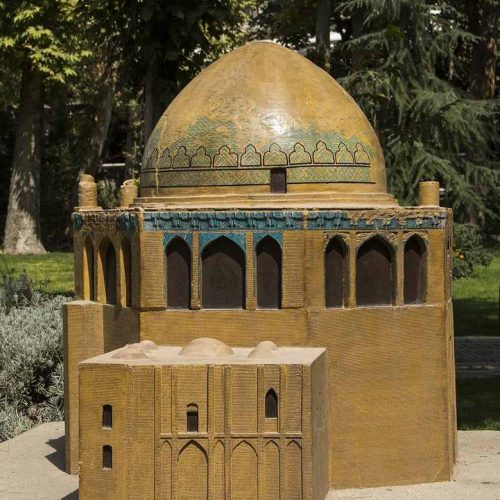
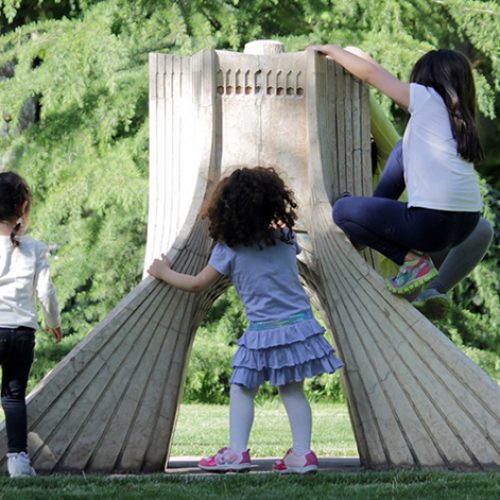
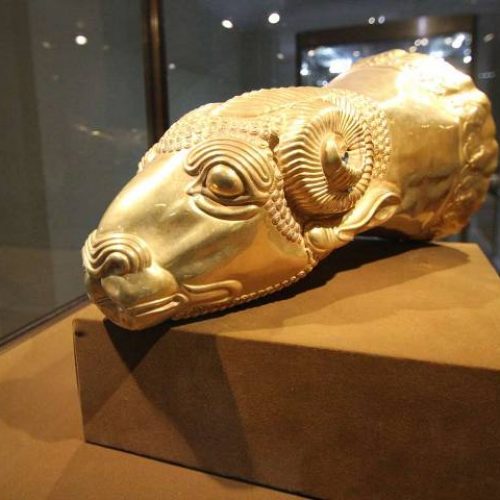
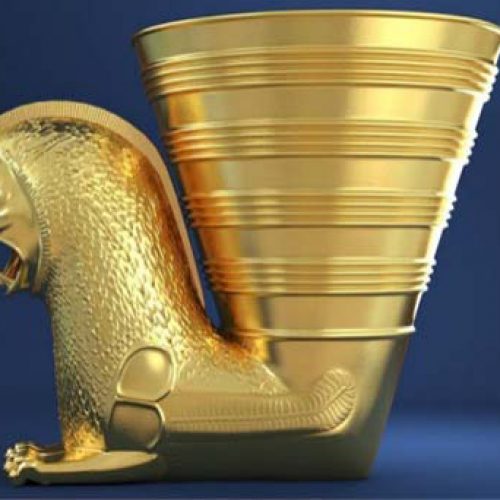
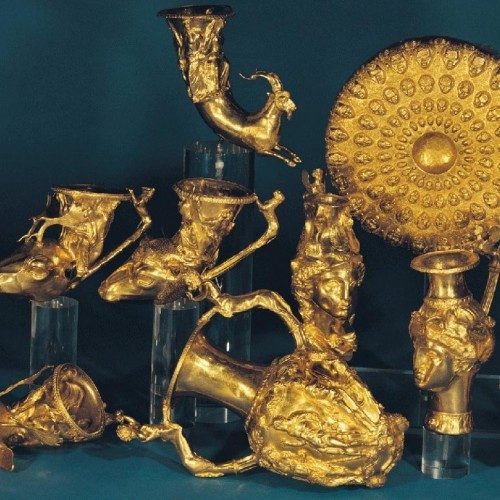
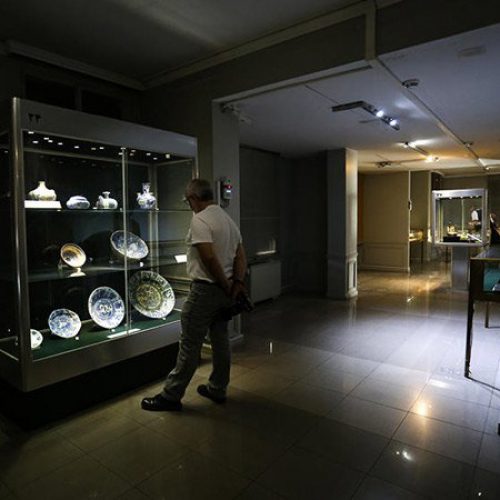
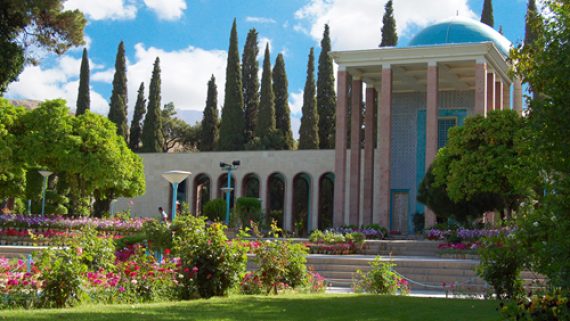
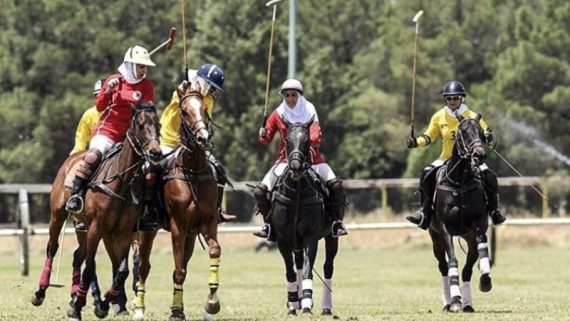

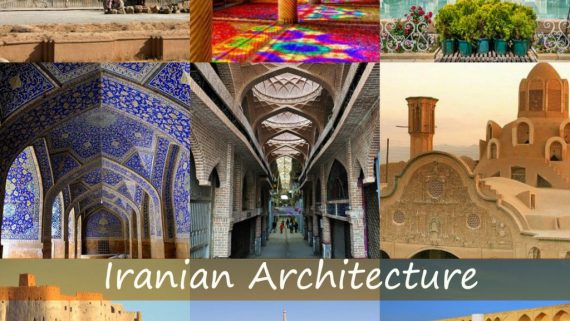
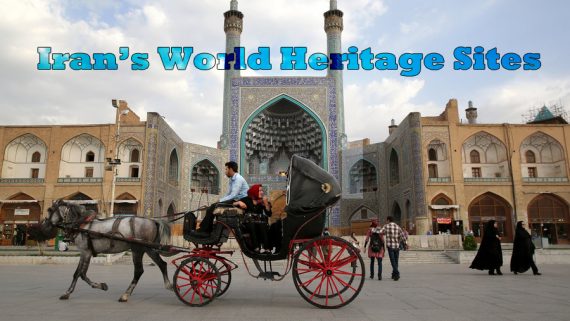
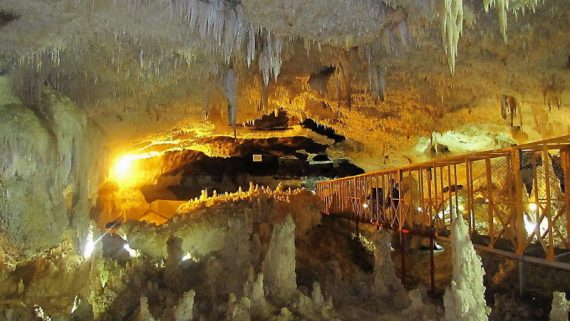

Comments
No comment yet.